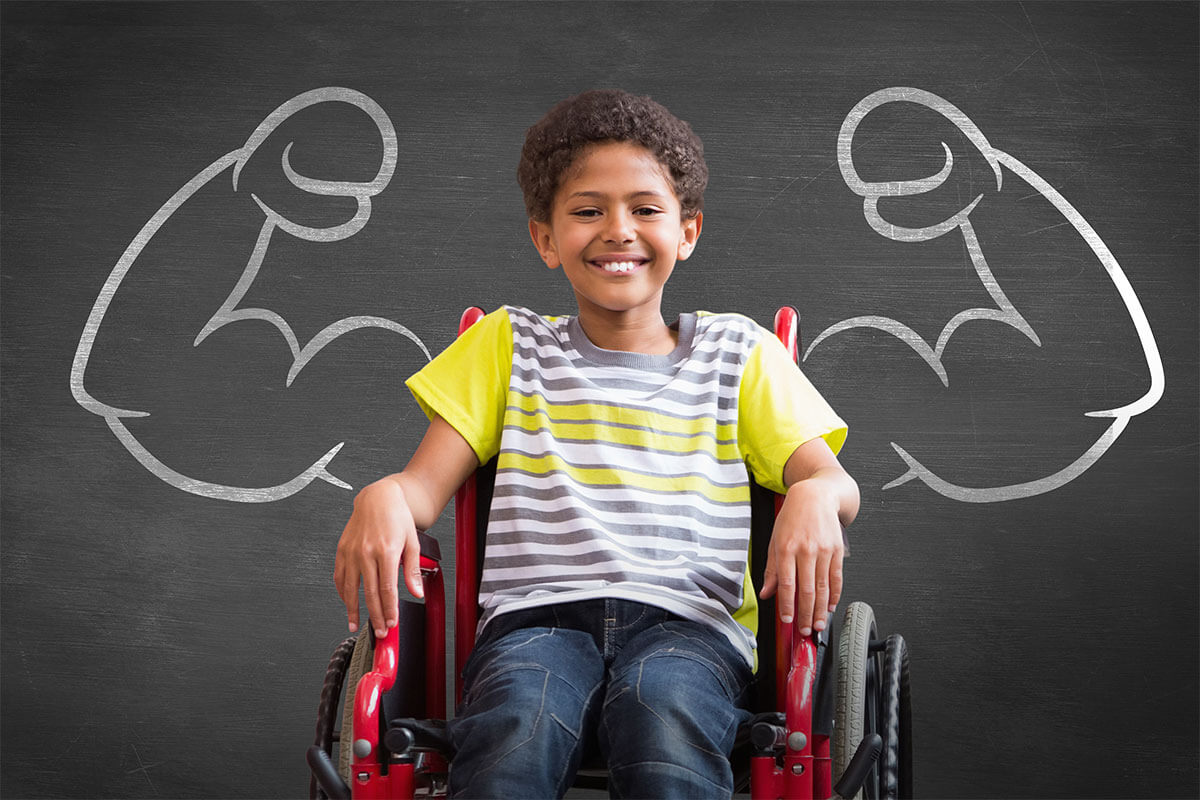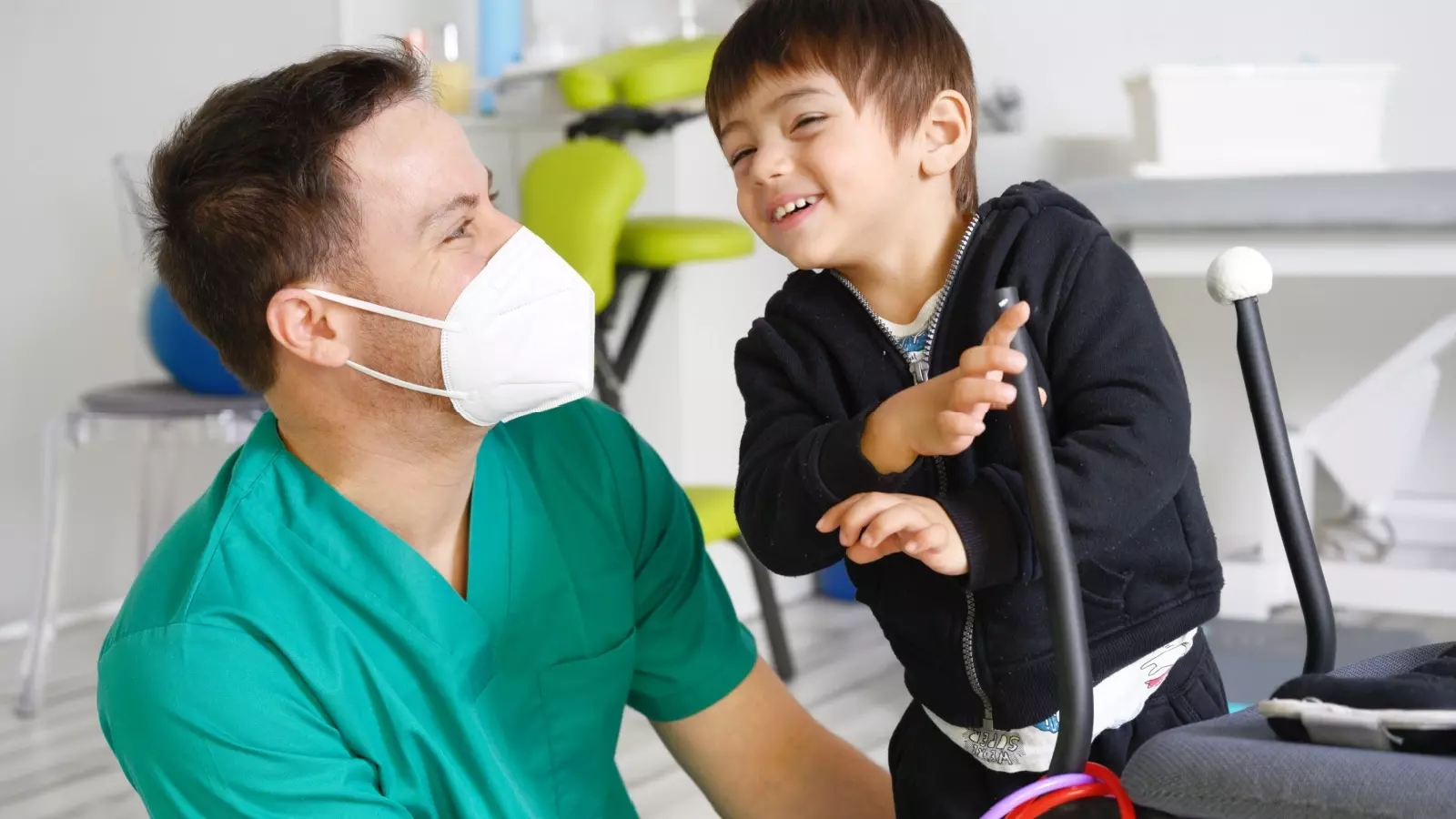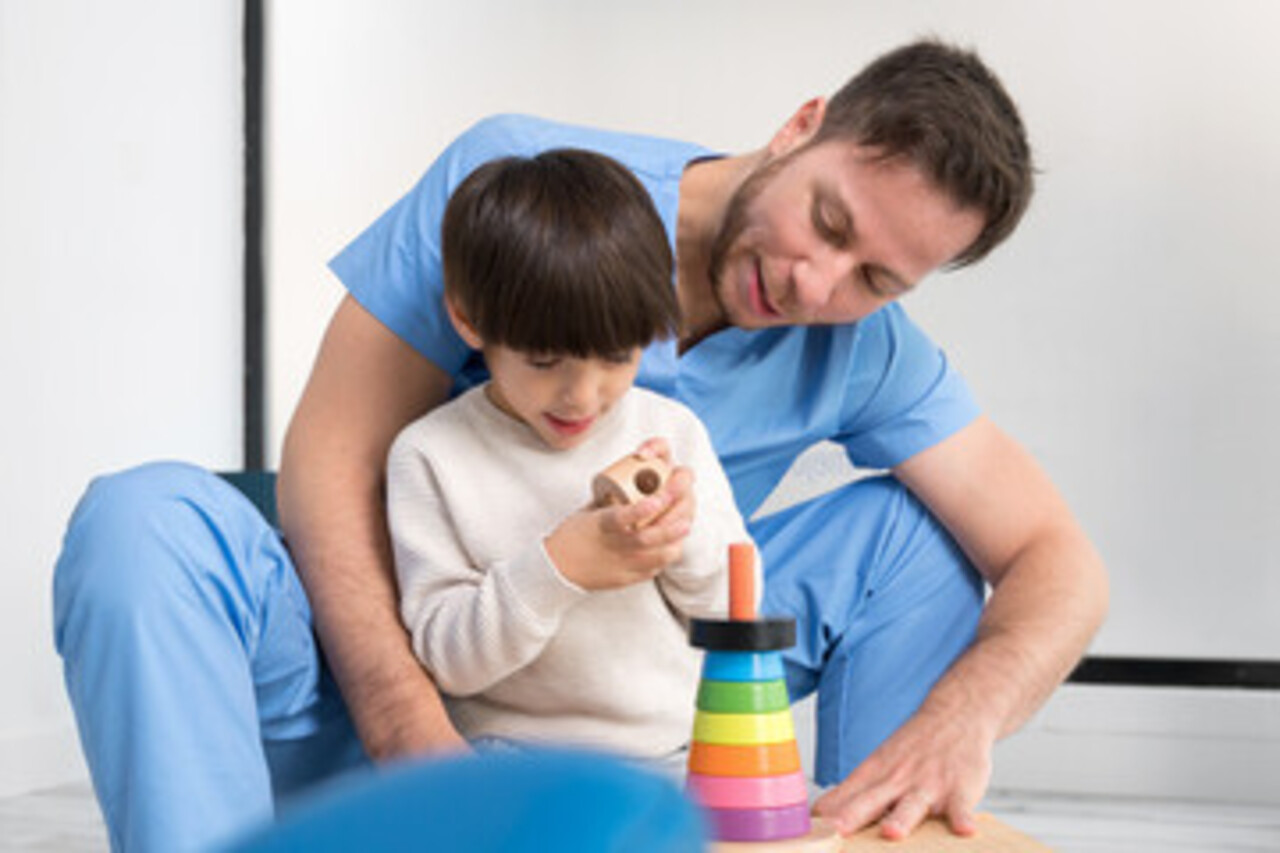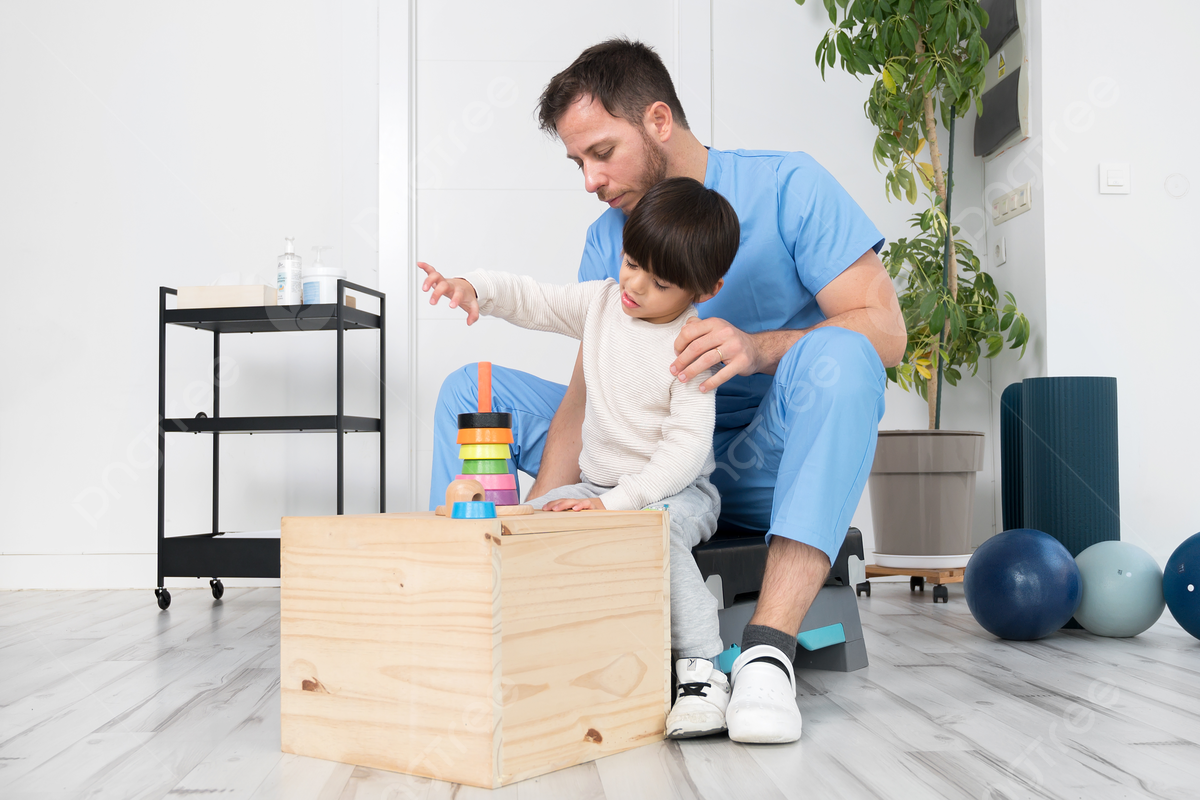دور العلاج الطبيعي للشلل الدماغي عند الاطفال
يعتبر الإصابة بالشلل الدماغي من الأمور الخطيرة التي يمكن أن تؤثر بشكل كبير على حياة الأطفال وحركتهم ووظائفهم اليومية.
في هذه الصفحة نستعرض أسباب حدوث الشلل الدماغي لدى الأطفال وكيف يساعد العلاج الطبيعي للشلل الدماغي في علاجه..

أولًا: ما هو الشلل الدماغي عند الاطفال؟
الشلل الدماغي عند الأطفال هو مجموعة من الاضطرابات الحركية التي تنجم عن تلف في الدماغ قبل الولادة أو أثناءها أو بعد الولادة في مراحل الطفولة المبكرة، مما يؤثر على قدرة الطفل على التحكم في عضلاته وحركاته، وهنا يأتي دور العلاج الطبيعي للشلل الدماغي في تحسين قدراتهم الحركية وتقليل الصعوبات التي يواجهونها في التنقل والتوازن، وأحيانًا في القدرة على الكلام والأكل.
ثانيًا: ما هي أبرز الأعراض الدالة على الإصابة بالشلل الدماغي؟
تختلف أعراض الشلل الدماغي عند الاطفال وتعتمد على شدة التلف الدماغي، ولكن أبرز الأعراض التي قد تظهر عند الإصابة هي:
تأخر النمو الحركي
صعوبات في الحركة
مشاكل في التوازن والتنسيق
صعوبات في الكلام
مشاكل في البلع
مشاكل في الإدراك والحواس
مشاكل في التعلم
ثالثًا: ما هي أبرز الأسباب المسببة للإصابة بـ الشلل الدماغي عند الاطفال؟
الشلل الدماغي هو مشكلة صحية تنتج بشكل رئيسي عن تلف الدماغ وبالتالي فهو قد يحدث نتيجة لعدة عوامل، منها:

نقص الأكسجين أثناء الولادة
التهابات دماغية مثل التهاب السحايا
إصابات في الرأس بعد الولادة
الولادة المبكرة
عوامل وراثية
بعض الاضطرابات الوراثية النادرة ترتبط بزيادة خطر الإصابة بالشلل الدماغي مثل مشاكل نمو الدماغ والاضطرابات في الأوعية الدموية
رابعًا: متى يجب مراجعة الطبيب لاجراء العلاج الطبيعي للشلل الدماغي؟
يجب على الأهل مراجعة الطبيب إذا لاحظوا أي من العلامات التالية على طفلهم:
- تأخر ملحوظ في تحقيق المهارات الحركية الأساسية مثل الجلوس أو المشي.
- تصلب أو ارتخاء غير طبيعي في العضلات.
- صعوبة في تناول الطعام أو التنفس.
- مشاكل في التحكم في العضلات أو التوازن.


خامسًا: ما الذي سنقدمه لك في مركز مراحل العلاج للأطفال؟
في مركز مراحل العلاج للأطفال، نحرص على تقديم برنامج العلاج الطبيعي للشلل الدماغي الشامل للاطفال مصمم خصيصًا لتلبية احتياجات كل طفل يعاني من الشلل الدماغي، ويشمل:
- جلسات علاج طبيعي تهدف إلى تحسين القدرة على الحركة والتوازن.
- تقنيات العلاج اليدوي لتحفيز العضلات وتخفيف التشنجات.
- برامج تدريبية لتحسين القدرة على القيام بالأنشطة اليومية.
- تقييم شامل لحالة الطفل وتحديد الأهداف العلاجية.
- دعم وتوجيه للأهل حول كيفية متابعة العلاج في المنزل.
- متابعة مستمرة لتقييم تقدم الطفل وتعديل الخطة العلاجية حسب الحاجة.
تواصل معنا الآن
في مركز مراحل العلاج للأطفال نؤمن بأن التدخل المبكر والمتخصص يمكن أن يساهم بشكل كبير في تحسين جودة حياة الأطفال المصابين بالشلل الدماغي، ونعمل جاهدين لتحقيق أفضل النتائج الممكنة لكل طفل.
إذا كنت تبحث عن أفضل من يقدم الدعم والعلاج الطبيعي للشلل الدماغي لطفلك بعد تعرضه للسكتة الدماغية، فلا تتردد في التواصل معنا حيث سنقوم بتقديم التقييم اللازم ووضع خطة علاجية مخصصة تناسب احتياجات طفلك وتحقق أفضل النتائج.
